Instead of dozens of math and literature exercises, many homework assignments during Tet make students feel "really happy". When Tet homework becomes moments of family bonding, it is no longer a pressure but a shared joy.
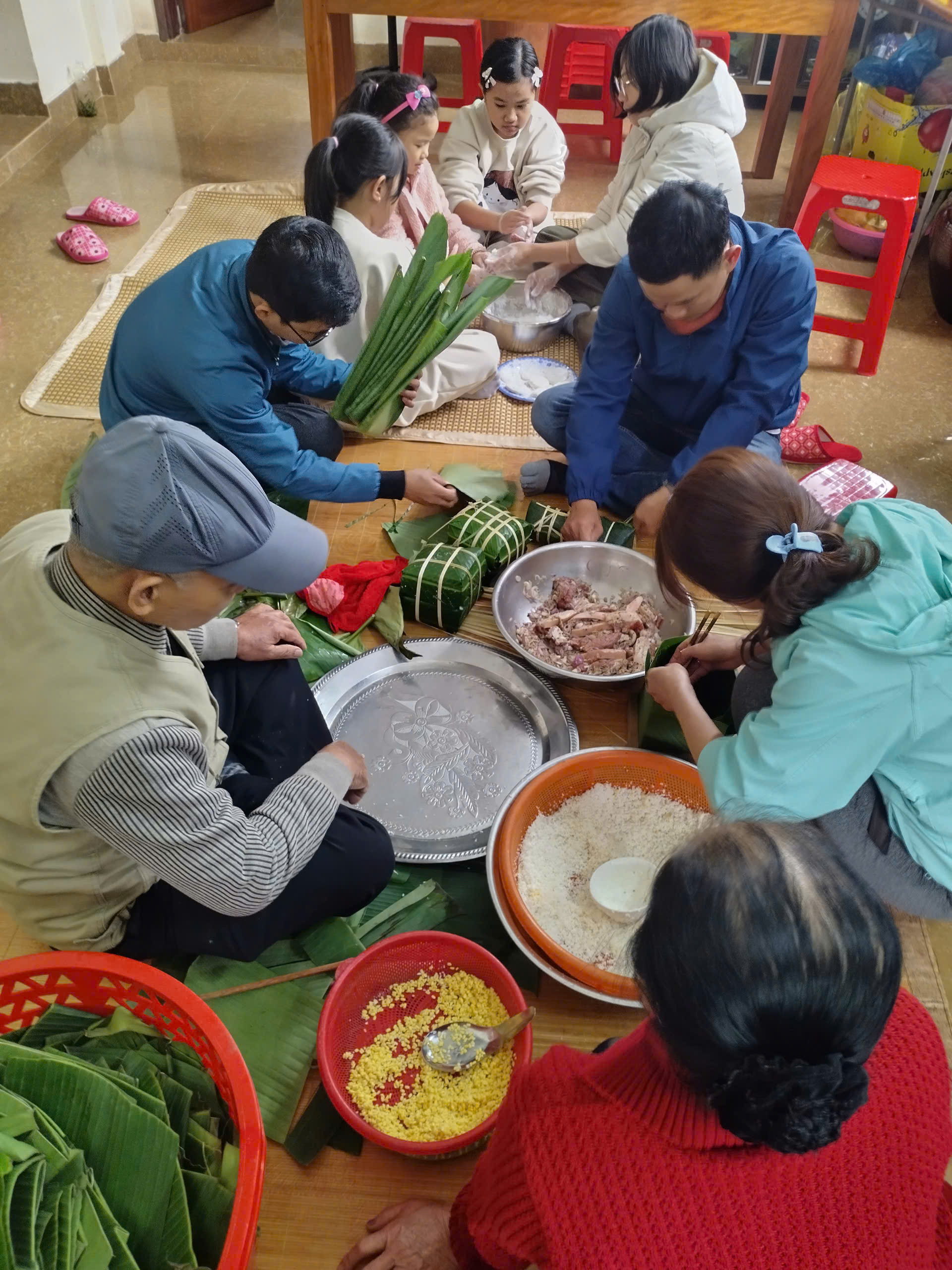
Family gathers to make cakes during Tet - Photo: SONG KHUÊ
In the context of increasingly bustling modern society, the pace of urban life gradually fades traditional beauty, even the traditional Tet is no exception.
The fact that schools in Ho Chi Minh City are creative in assigning homework during Tet or that units organize experiential activities such as making banh chung and banh tet has brought a breath of fresh air, fueling the spirit of love for national cultural values in the hearts of children.
Recreating traditional values through Tet exercises
Instead of giving "textbook" exercises like before, students in Ho Chi Minh City are given a gentler approach.
Teachers have turned long holiday homework into practical experiences associated with Tet culture.
Exercises such as helping parents clean the house, arranging their own study corner, displaying a fruit tray, or keeping a Tet diary not only help students reduce pressure but also create conditions for them to immerse themselves in the Tet atmosphere and feel more deeply the meaning of the traditional holiday.
These exercises, which may sound simple at first, actually have great educational value.
When children rearrange their living space and help their parents prepare for Tet, they learn to appreciate housework and feel the joy of contributing to the festive atmosphere.
Keeping a Tet diary or taking photos and videos is also a way for children to preserve beautiful and meaningful moments, helping them realize that Tet is not only a time to rest but also an opportunity to reunite, share and remember their roots.
When Tet homework becomes a family bonding moment, it is no longer a pressure but a shared joy.
Besides Tet exercises, experiential activities such as wrapping Chung cake and Tet cake are also notable highlights.
Students not only learn how to wrap banh chung but also have the opportunity to do this job with their parents, thereby fully experiencing the traditional Tet atmosphere.
The image of children enthusiastically cutting dong leaves, measuring rice, and skillfully arranging leaves and tying strings next to their parents not only creates a warm atmosphere but also symbolizes the blend of tradition and modernity.
Lessons from bonding and sharing
Both exercises and experiential activities have the same purpose, helping students feel more clearly the value of Tet. At the same time, educating them about the meaning of labor, responsibility and love.
When wrapping banh chung by themselves, children not only learn practical skills but also understand that making a banh chung requires patience, carefulness and respect for traditional values.
When helping their parents clean the house, the children realize that these seemingly simple tasks have great significance in preparing for a peaceful new year.
Additionally, using technology to complete assignments such as taking photos, recording clips and sharing them online also helps students become familiar with digital skills, a necessary element in today's era.
This is also a way for teachers and parents to easily monitor and evaluate children's activities without causing pressure.
This form represents a harmonious combination of tradition and modernity, ensuring that traditional values are not lost in the technological era.
One notable point is that these activities not only bring interesting experiences to students but also create opportunities for parents and children to eliminate generational gaps.
In the busy pace of urban life, the moments when parents and children wrap banh chung together, tell stories about the old Tet, or simply clean the house are very meaningful in strengthening family ties.
These activities not only help children understand more about family values but also help parents realize that educating children does not necessarily have to be through books, but can come from very familiar things in life.
The efforts of teachers through assigning Tet homework or organizing activities to experience making banh chung for students have brought about clear results. Not only helping students and parents understand more about the value of Tet, but also contributing to building beautiful memories for each individual.
From hand-wrapped banh chung to images capturing moments of house cleaning, all have become proof of the strong vitality of Vietnamese culture in modern life.
In the context of globalization, preserving and promoting traditional values is not only the responsibility of the family but also requires the cooperation of schools and the community.
Programs like "Children make Chung cakes, bring Tet home" or creative Tet exercises are proof that traditional culture can still be preserved and spread in a natural, close way.
More importantly, the above experiences help the younger generation understand that Tet is not just a holiday, but also an occasion for love, sharing and connection.
And when those values are preserved through each generation, we can rest assured that Tet Nguyen Dan will forever be a symbol of reunion for the Vietnamese people.

Source: https://tuoitre.vn/bai-tap-tet-cho-hoc-sinh-vui-thiet-vui-gop-them-khong-khi-don-tet-sum-vay-20250130104559139.htm


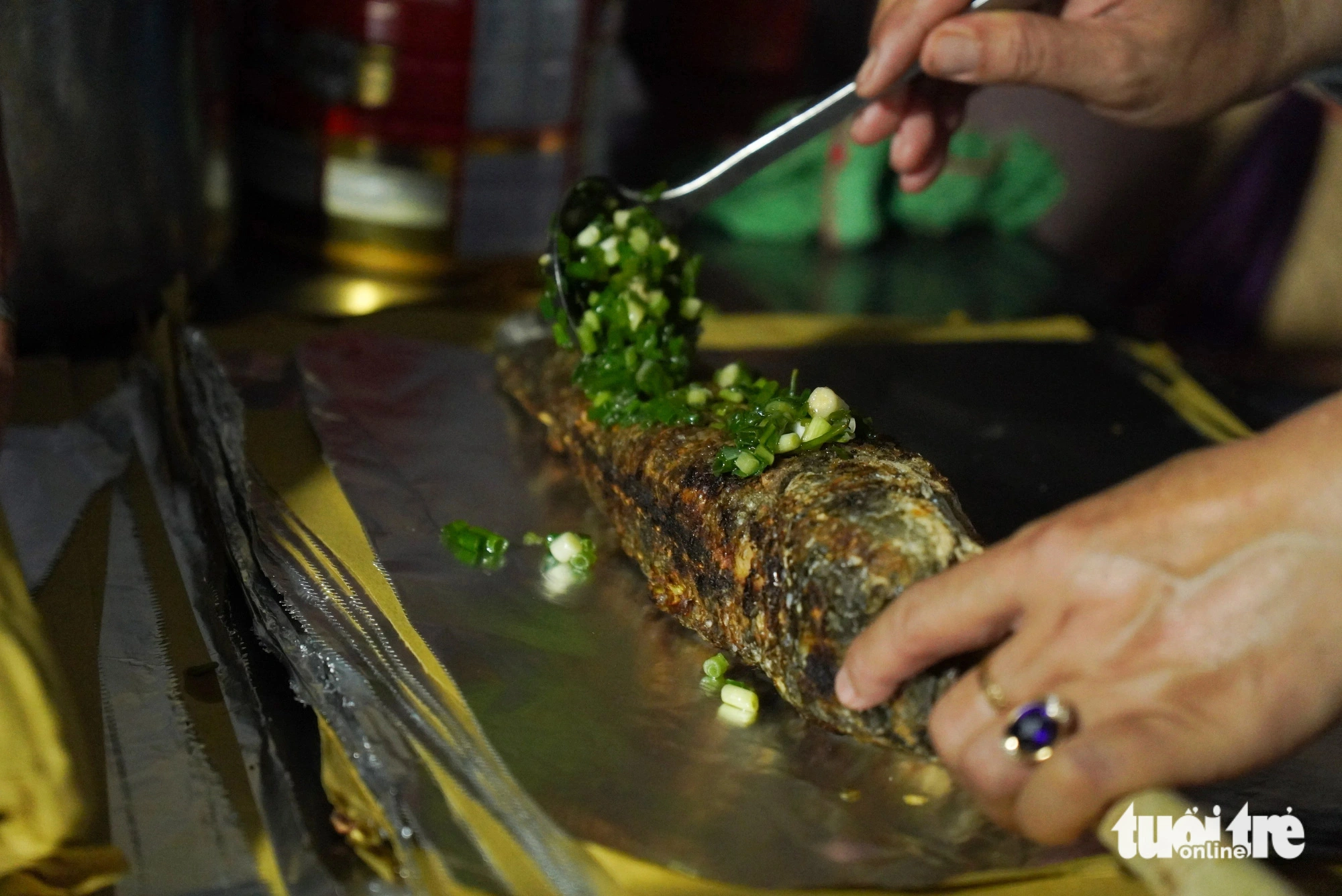


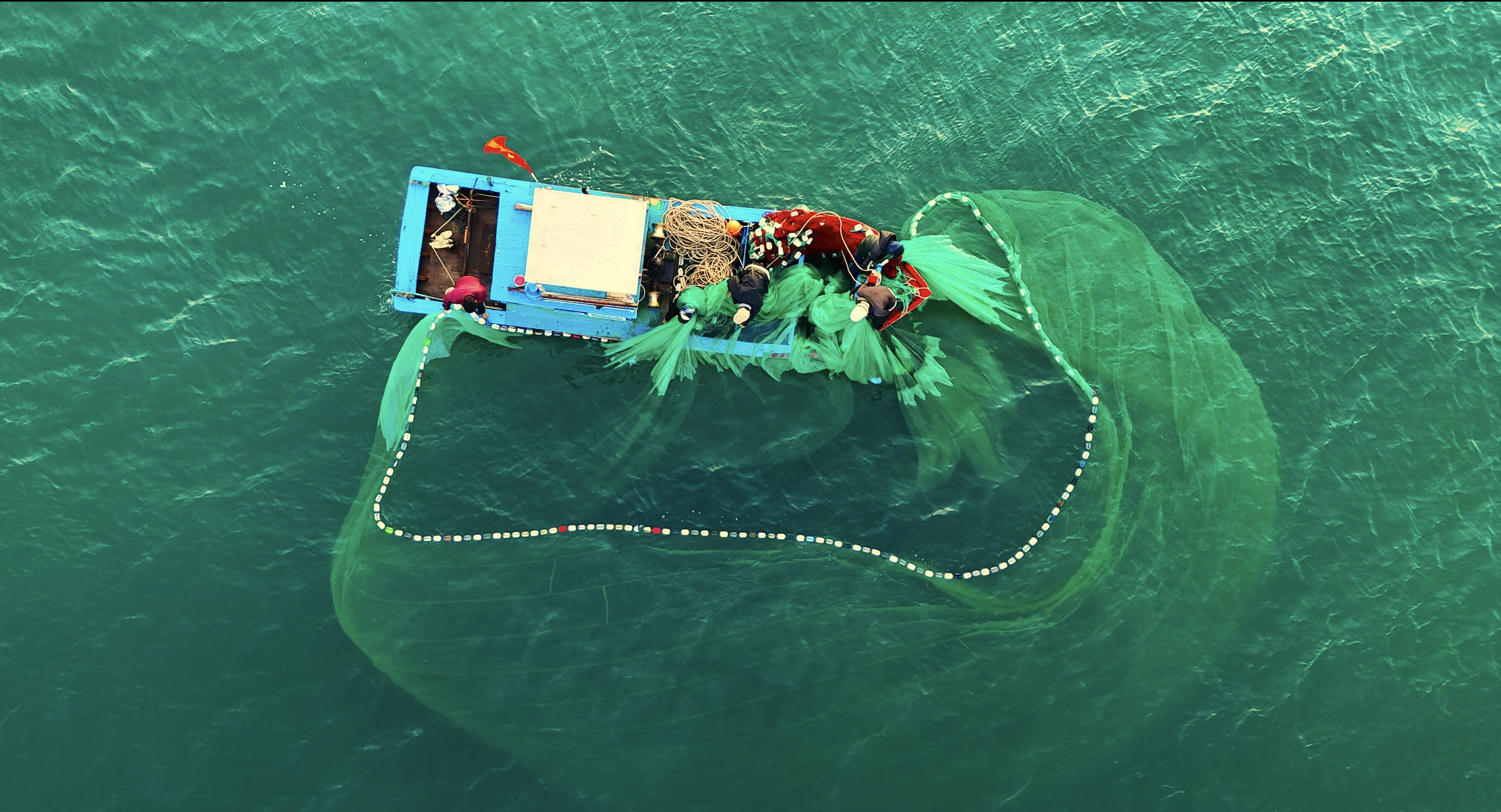
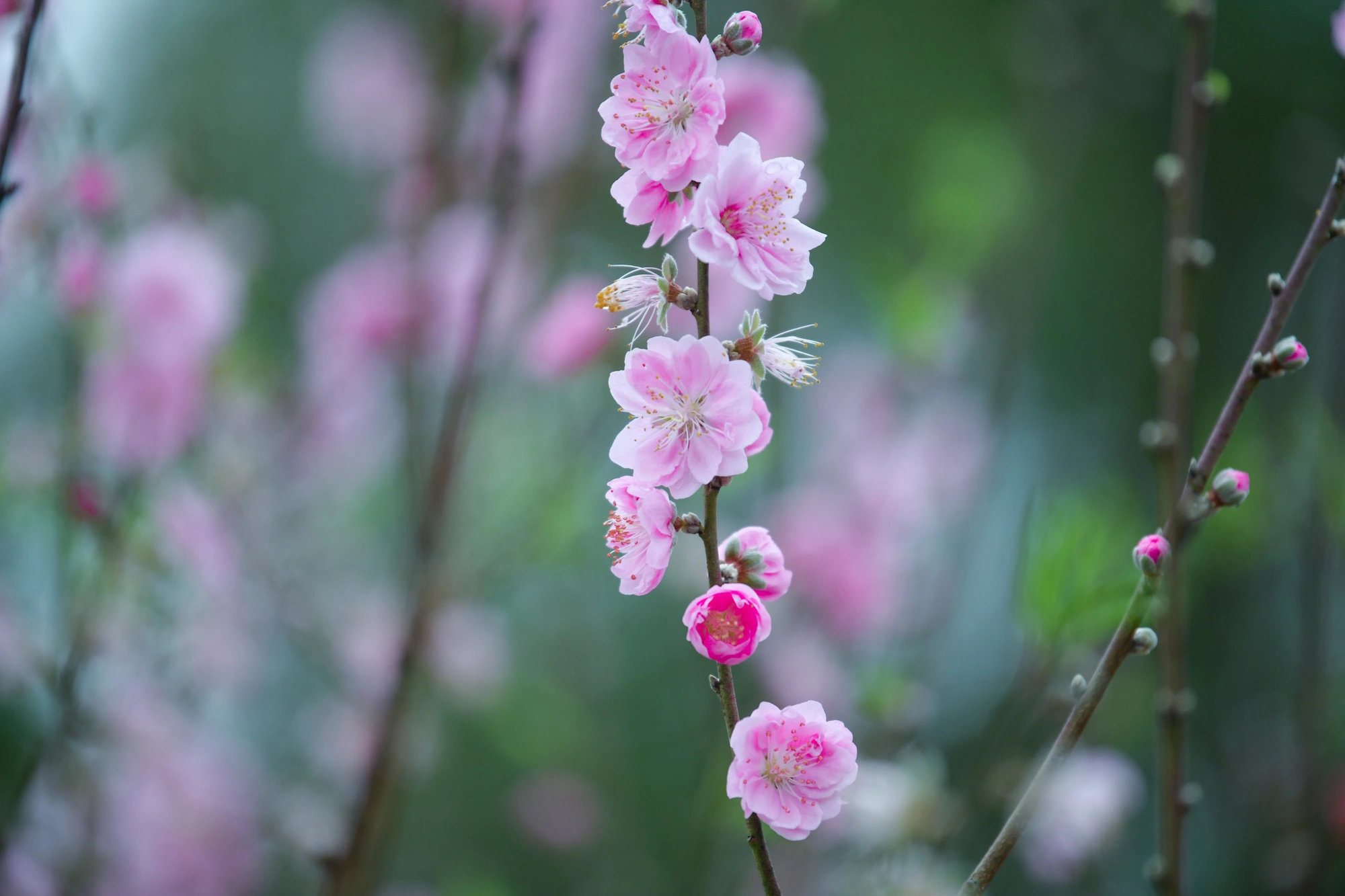





















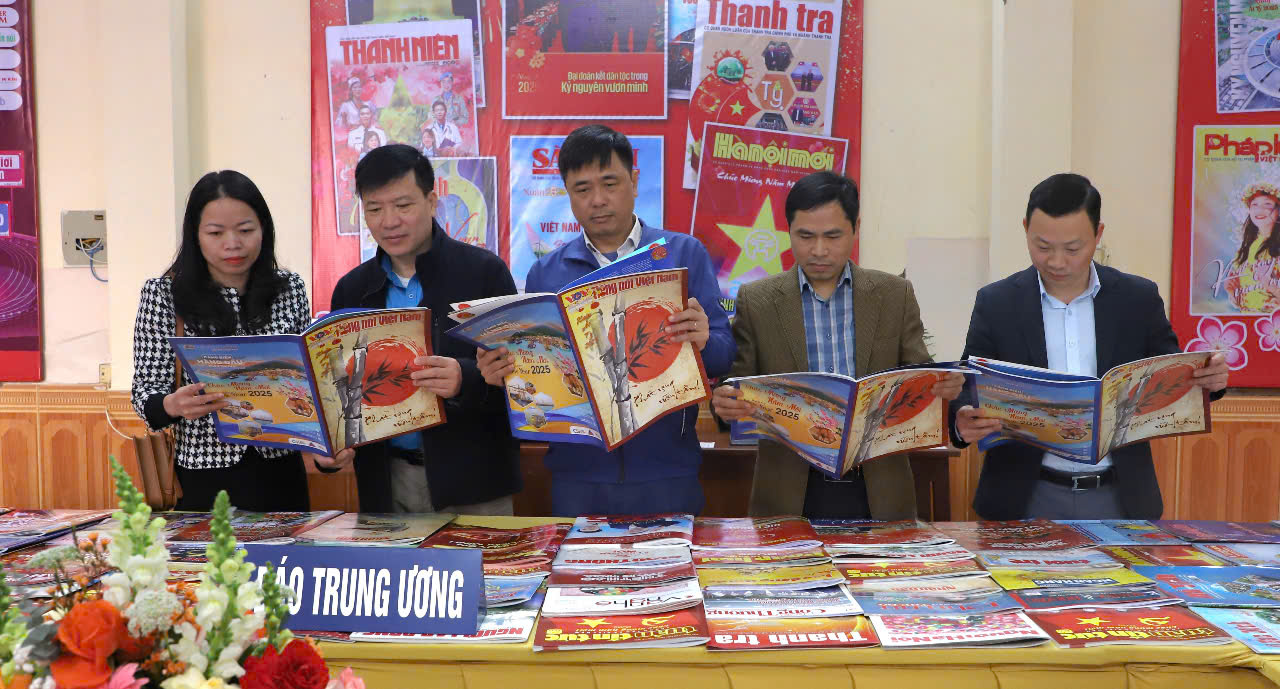

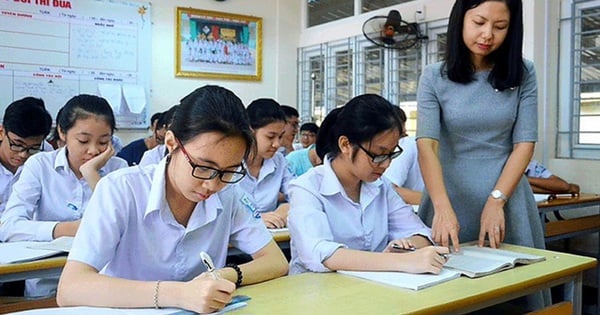


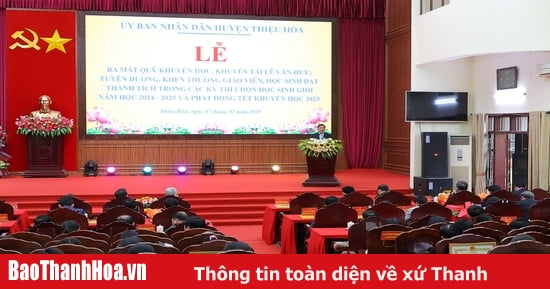
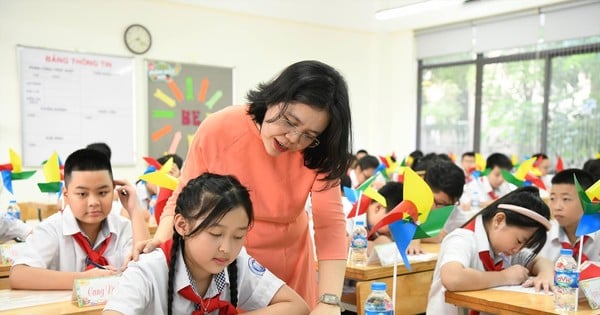

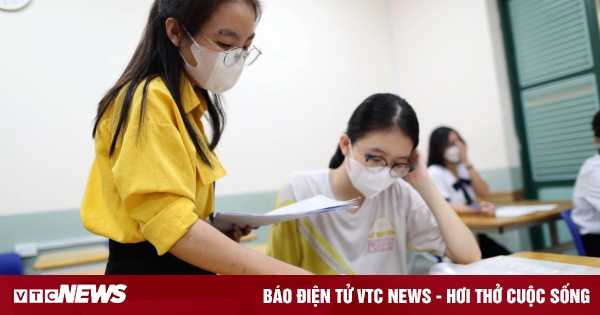

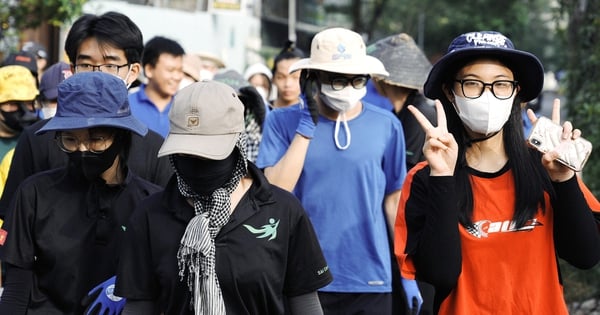

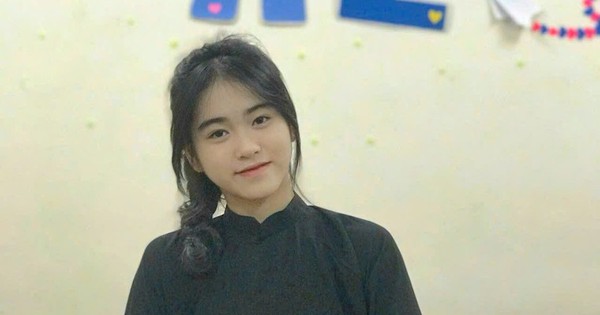


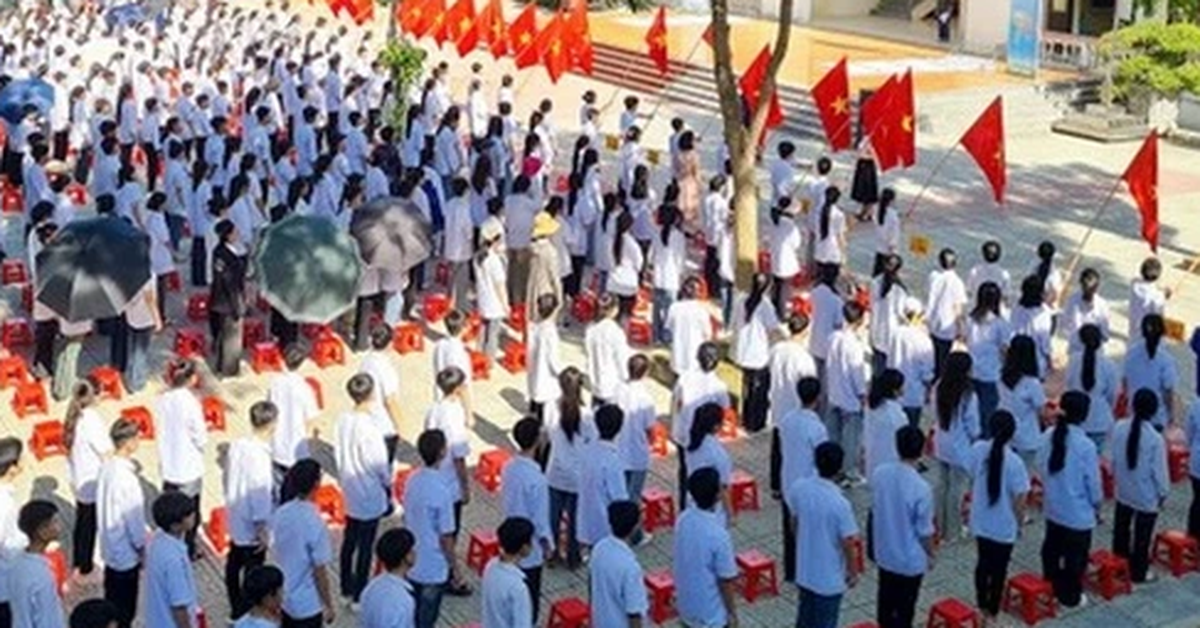
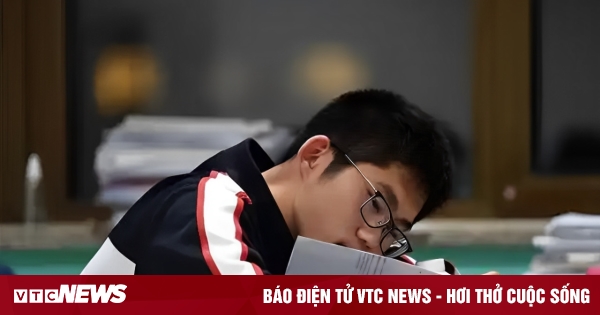



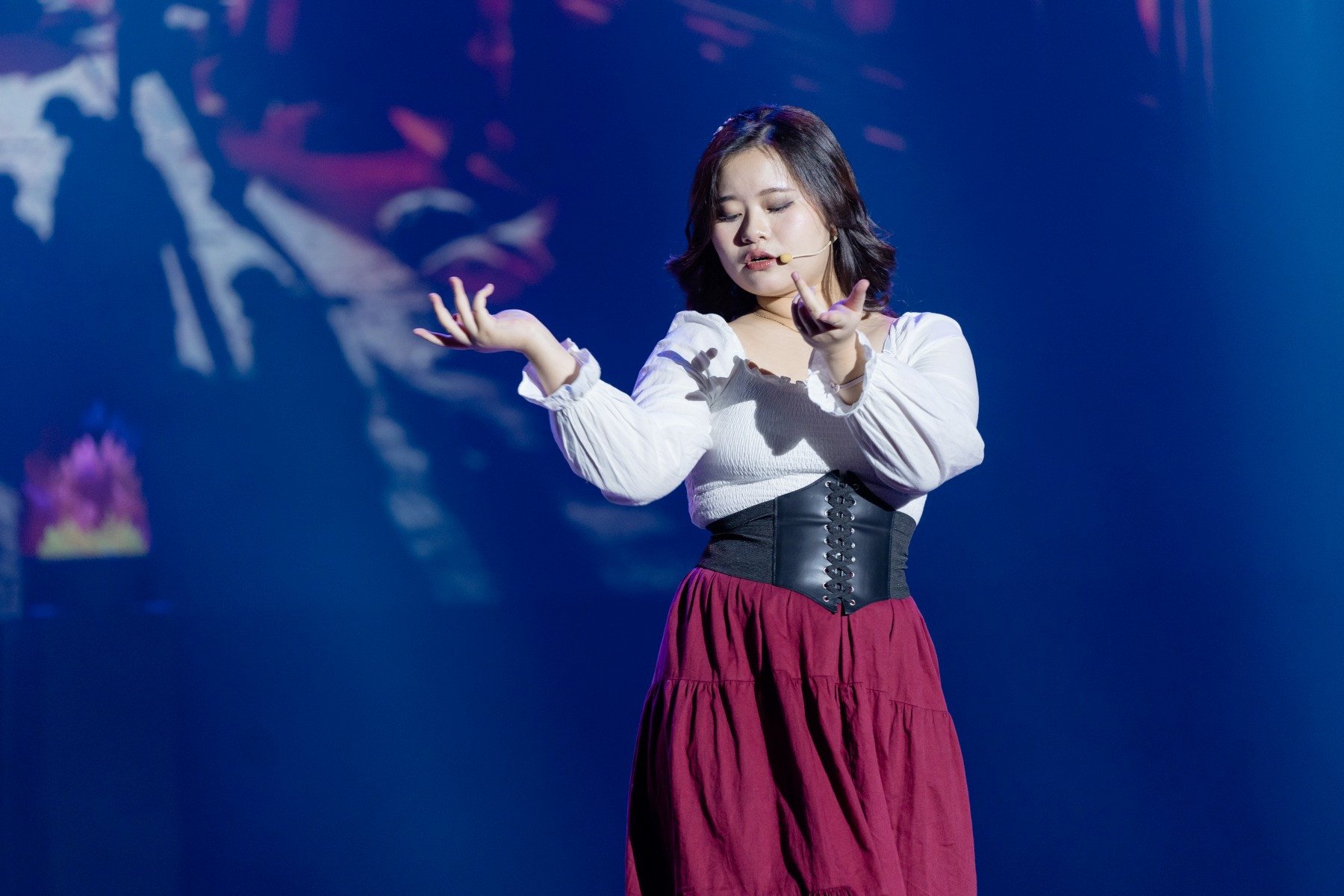


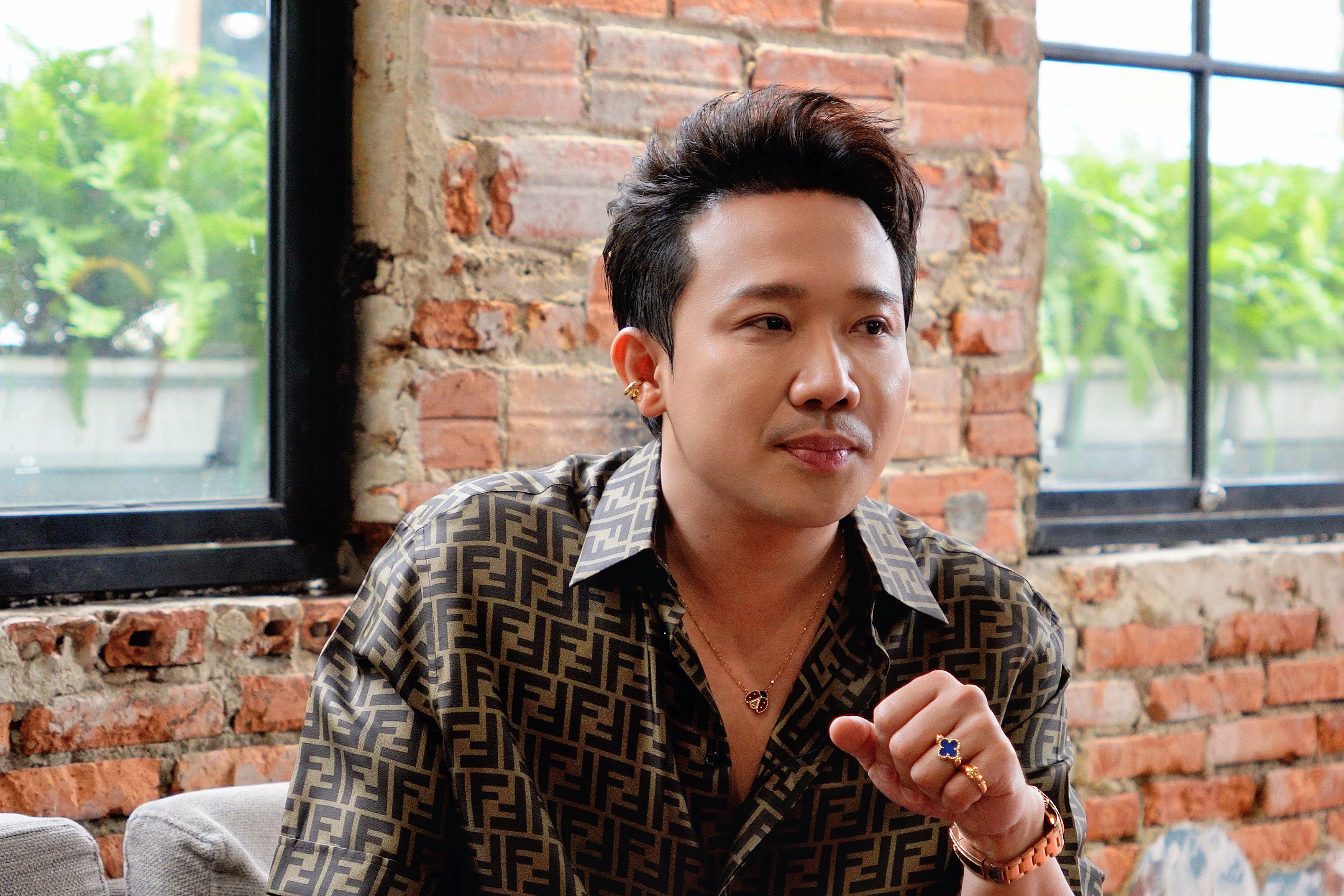



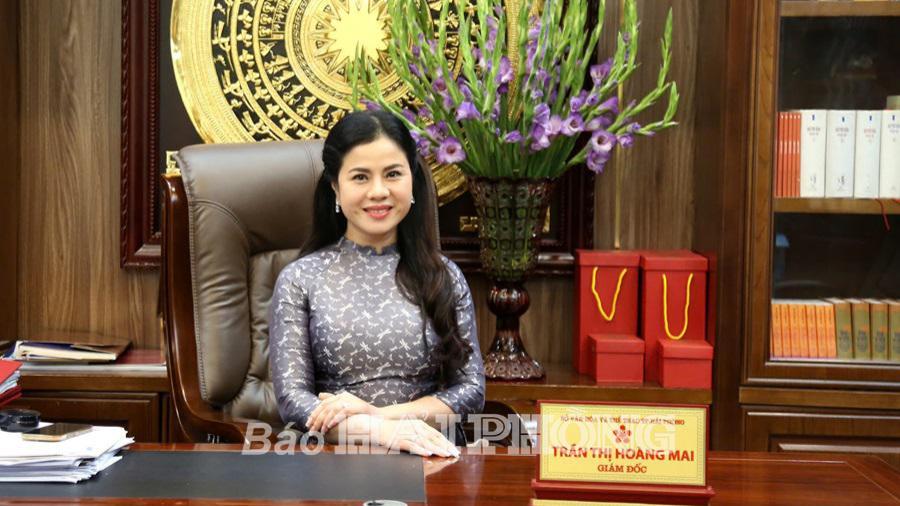

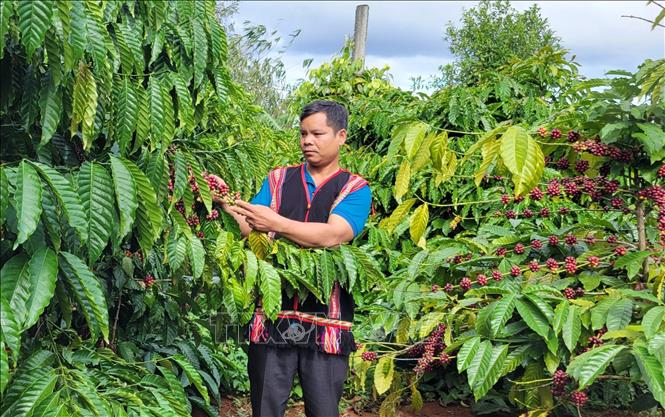





Comment (0)